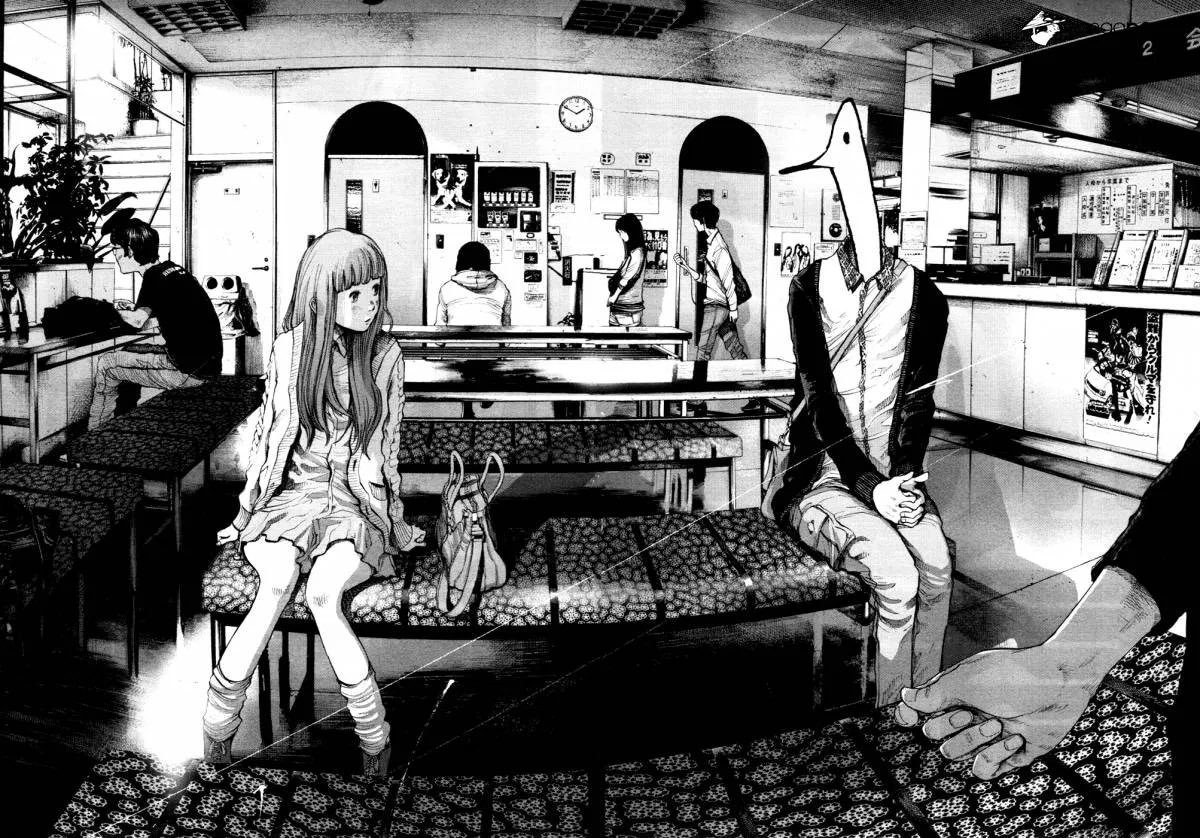It's Ok to be Ordinary - Lessons from Solanin

If you read "Goodnight Punpun", you should know that Inio Asano isn't afraid to confront and visualize dreadful existential themes in his stories.
Common amongst most of his manga, Asano tends to unload the heavy baggage carried by all youth searching for their 'why' in the world.
"Solanin" is no different - the emotional messages within this manga are relatable to a generation growing up with unclear direction and an impatient desire to find purpose in the world. Being serialized in 2005, Solanin was Asano’s first big hit in the manga world. After making huge rounds among his Japanese readers, the English version was later released in America three years later, giving Asano deserved international attention. With his very recognizable art style - and his particularly astonishing artistic ability for the realism of the scenery in his manga - Asano instantly caught the eye of manga readers on a global scale.
Asano’s generation was in this odd period of not necessarily living in a world with set paths to a successful life anymore. It used to be a very one-dimensional journey through life: go through school, get a job, start a family, and finally retire. However, with a growing society and the introduction of new technology, an overwhelming amount of avenues for success sprouted up. This leaves new frontiers of possibilities for a generation who couldn’t receive previous guidance on these unknown paths for success, making Asano’s generation all the more lost. Being perfectly depicted in Solanin, many young adults took interest in this manga and found a warm relatability to the equally, if not more, clueless characters and their journey through harsh reality. Containing an average group of characters in their mid-20s, visually discerning who exactly is the main protagonist of the story is challenging since there is absolutely nothing special about these characters. Even in their disposition, the characters definitely have their own quirks but there is nothing particularly outstanding about any character. Protagonist or not, they all just blend into the background of Tokyo.
However, this is exactly the point Asano wanted to make when creating his world in Solanin. He wanted to embody "ordinary life" into a work of fiction and construct a story that would show the reader that it's ok to be ordinary in this puzzling world.Being content with ordinary life is easily the most dominant theme included in Solanin. Typically a cliche and disproportionally constructed theme, Asano really connects with his readers and perfectly portrays the conflicting emotions of leading an ordinary life. Shown mainly through Meiko Inoue, the lost main character of this story, Asano illustrates the contrast between the overbearingly mundane and repetitive life, against the briefly joyful and lively moments spent with friends. Those brief and bright moments are the driving force behind their will to live a life appearing so bland.
But, what Asano tries to convey is that maybe their lives aren’t all that dull. In a transition from adolescence to adulthood, each character uniquely searches for a path of purpose and general happiness - a sense of worth. Asano personifies different paths taken during this turbulent time through the individual characters of Solanin. To start, Meiko Inoue, who was previously mentioned to be the female lead of this story, is someone who realizes change is necessary but her lack of direction stops her from making any progress. In an extremely relatable conundrum, she turns to her stargazing boyfriend Naruo Taneda.
Taneda is a conflicted individual with a dream of bursting into the music scene and, in turn, creating a name for himself and his band. Conflicted with the overbearing fear of failure and judgment, he holds off on ever taking action on his dream, and instead works a dead-end job to stay away from potential failure. However, combined with Inoue’s need for change, they both supply each other with enough courage and quit their respective jobs. Finally taking action and embarking on a pathless journey for the fulfillment, both Taneda and Inoue realize their dreams may not be what they seemed. Perhaps their desired path of stardom and materialistic success isn’t what was needed, maybe it comes from the value of the ordinary life and the people around them.
Inoue and Taneda’s friends are equally as lost throughout this entire story as well. All fearful to take action and truly take a risk for a happier future, they cling to Taneda’s dream of a future in the music industry. When the feasibility of this dream comes crashing down, they are confronted with the question of whether they continue on - or fall back down.
In a truly personal story, Asano shares with the reader what he exactly thinks happiness is. With these fleeting moments of joy, it is essential to be in the moment and continue forward. To take control and challenge life’s problems is necessary for a positive and forward momentum towards a happier future is the main idea conveyed through Solanin. Even with themes so common amongst writers, Asano still uniquely conveys the existential uncertainty of becoming an adult with his signature lack of a filter.
About The Author:
Henry Garland writes from Arizona as an undergraduate student. He has interest in arts, fashion, languages, and Asian cultures.













